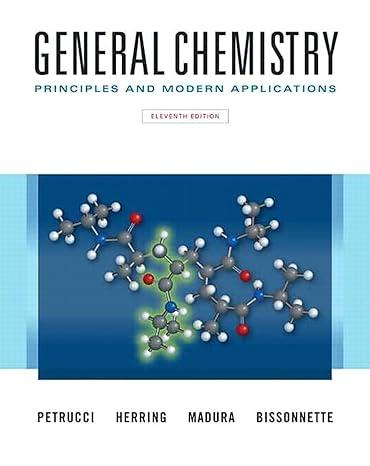The BrnstedLowry theory can be applied to acidbase reactions in nonaqueous solvents, where the relative strengths of
Question:
The Brønsted–Lowry theory can be applied to acid–base reactions in nonaqueous solvents, where the relative strengths of acids and bases can differ from what they are in aqueous solutions. Indicate whether each of the following would be an acid, a base, or amphiprotic in pure liquid acetic acid, CH3COOH, as a solvent.
(a) CH3COO-;
(b) H2O;
(c) CH3COOH;
(d) HClO4.
Fantastic news! We've Found the answer you've been seeking!
Step by Step Answer:
Related Book For 

General Chemistry Principles And Modern Applications
ISBN: 9780132931281
11th Edition
Authors: Ralph Petrucci, Jeffry Madura, F. Herring, Carey Bissonnette
Question Posted:





